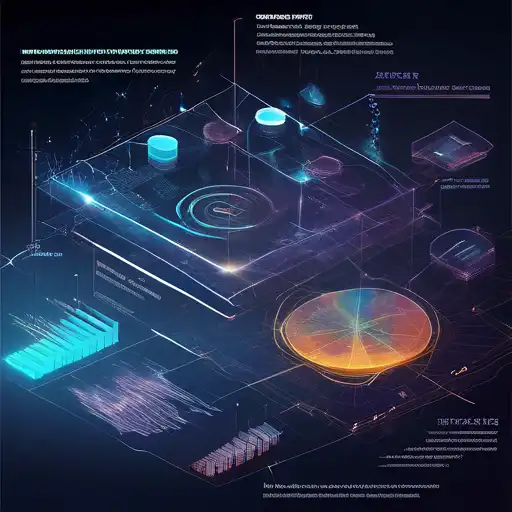Introduction to Data Visualization
In the era of big data, the ability to visualize complex datasets in an understandable and actionable manner is more crucial than ever. Data visualization techniques enable businesses and individuals to uncover hidden patterns, correlations, and insights that might not be evident from raw data alone. This article explores the most effective data visualization techniques that can help you gain better insights from your data.
Why Data Visualization Matters
Data visualization is not just about making pretty charts; it's about communicating information clearly and efficiently. By transforming numbers and metrics into visual objects like graphs, charts, and maps, data visualization tools help in simplifying complex concepts and making data more accessible to a wider audience.
Top Data Visualization Techniques
Here are some of the most powerful data visualization techniques that can enhance your data analysis:
- Bar Charts and Column Charts: Ideal for comparing quantities across different categories.
- Line Graphs: Perfect for tracking changes over periods of time.
- Pie Charts: Useful for showing proportions and percentages within a whole.
- Scatter Plots: Excellent for identifying correlations between two variables.
- Heat Maps: Great for visualizing complex data like user behavior on websites.
Choosing the Right Visualization Tool
Selecting the right tool is essential for effective data visualization. Tools like Tableau, Power BI, and Google Data Studio offer a range of functionalities to suit different visualization needs. Consider factors like ease of use, customization options, and integration capabilities when choosing a tool.
Best Practices for Data Visualization
To maximize the impact of your data visualizations, follow these best practices:
- Keep it simple and avoid clutter.
- Use colors strategically to highlight important data points.
- Ensure your visualizations are accessible to all users, including those with color vision deficiencies.
- Always provide context for your data to make it meaningful.
Conclusion
Data visualization is a powerful tool for transforming raw data into meaningful insights. By employing the right techniques and tools, you can unlock deeper insights and make more informed decisions. Whether you're a business analyst, marketer, or data scientist, mastering data visualization can significantly enhance your ability to communicate complex information effectively.
